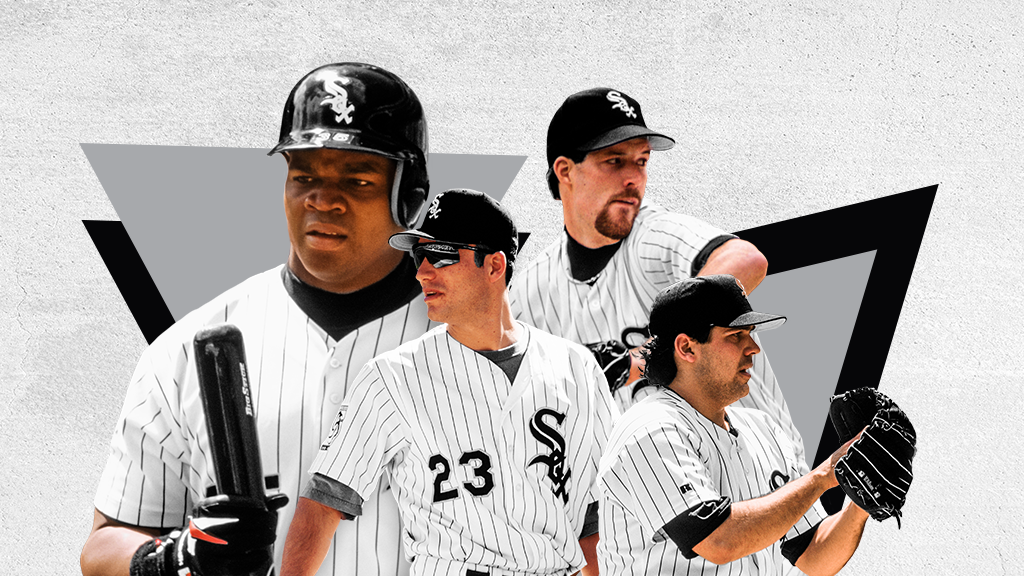
The Chicago White Sox were a formidable contender in the early 1990s, averaging 90 wins in the first four years of the decade with one of baseball’s most talented teams.
In 1993, the White Sox were back in the postseason for the first time since the ’83 “Winning Ugly” club won the American League West 10 years prior. The team drew more than 2.5 million fans in its third season at what was then known as New Comiskey Park. The ballpark was alive.
Adding to the ’93 division title, slugging first baseman and designated hitter Frank Thomas won his first of two Most Valuable Player awards and was named to the All-Star team. Right-handed ace “Black” Jack McDowell was the AL Cy Young winner and also led his All-Star team to victory in the Midsummer Classic, throwing one perfect inning. Gene Lamont was anointed Manager of the Year in his second season at the helm.
With fan excitement marking the 30th anniversary of this iconic White Sox team, here are some fun facts about one of the best clubs in franchise history:

The 1993 season was the last year the White Sox would compete in the American League West as Major League Baseball realigned divisions the following season and placed them in the newly created AL Central.
The 1993 Sox finished 94–68, eight games ahead of the second-place Texas Rangers before falling to the Toronto Blue Jays — the eventual World Series champs — in the AL Championship Series.
The White Sox took possession of first place on June 23, and from July 11 forward, posted a record of 50–27 — winning 14 of their last 19 games.
“The team in 1993 was a really good one,” said former White Sox second baseman Joey Cora. “We had everything…We had a great year and great players. Frank Thomas was the best player in the game at that moment, and we had Robin Ventura, Lance Johnson and Tim Raines. Unfortunately, we didn’t win it all.”

In 1983, the White Sox rally cry was “Winning Ugly,” based on a rival manager’s comment. In the early ’90s the slogan “Good Guys Wear Black” was more official. It was part of the club’s marketing campaign playing off the black and silver uniforms unveiled at the end of the 1990 season.

While the White Sox won the division title in 1993, the stage was set for success a few years earlier as the team assembled a core of four players in the first round of the annual draft. These guys brought it for years to come.
From 1987 through 1990, the White Sox struck gold by drafting, in order, McDowell from Stanford, Ventura from Oklahoma State, Thomas out of Auburn and right-handed pitcher Alex Fernandez from Miami-Dade College.
McDowell was the Cy Young Award winner in 1993 with a league-leading 22 wins (22–10), a fine 3.37 ERA, four shutouts to tie for the MLB lead, 10 complete games, 158 strikeouts and 256.2 innings pitched. “Black Jack” was a two-time, 20-game winner and a three-time All-Star throughout an exceptional 12-year major-league career.
Ventura was a force at third base. In 1993, Robin smashed 22 homers and drove in 94 with a .379 on-base percentage. In his 16-year career, he was a two-time All-Star, a six-time Gold Glove winner, including ’93, slugged 294 homers, drove in 1,182 runs and compiled a .362 on-base percentage. Ventura is still among the all-time leaders in grand slams with 18 and later became manager of the White Sox.
Thomas, nicknamed “The Big Hurt” by broadcaster Ken “Hawk” Harrelson as a result of the hurt he afflicted on the opposition, established himself as one of the game’s great hitters on his way to the Hall of Fame. In 1993, he won the AL MVP award as a member of the Sox with 41 homers, 128 RBI, a slash line of .317/.426/.607 and OPS of 1.033, leading the club and among the AL leaders in all those categories. He also led the team in runs (106), hits (174), doubles (36) and walks (112).
In his 19-year Hall of Fame career, Thomas hit 521 homers, drove in 1,704 runs with a lifetime slash line of .301/.419/.555 and OPS of .974. In addition to the two MVPs, he was a five-time All-Star, AL batting champion and four-time Silver Slugger recipient. The Sox retired Thomas’ №35, and he was part of the 2005 World Series Champion team.
Fernandez was outstanding in 1993. He went 18–9 with a 3.13 ERA, 169 strikeouts, 247.1 innings pitched and led the team in WHIP (1.16). He pitched seven seasons for the White Sox over a 10-year career. He won 107 big-league games.

There was much more than the Core of Four in 1993. Here are some other prime contributors.
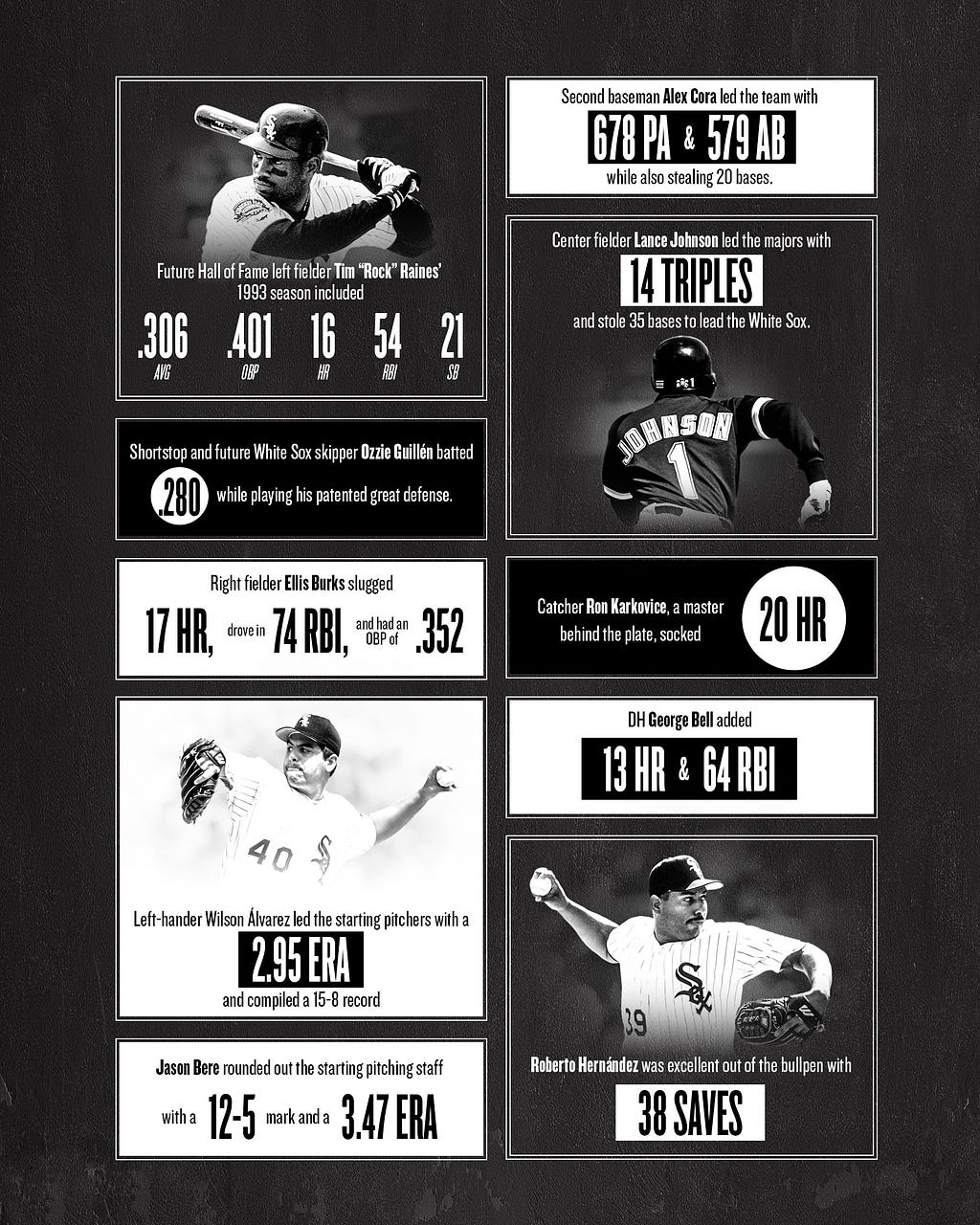
“I think to go from walking in the clubhouse at the end of ’89, where they were 30-some games out of first place, to winning the division a few years later is pretty amazing,” Ventura said. “You can see how that transformation happened as a organization and with our new stadium (1991) — everything revolved around the team at that time — it was pretty satisfying.”

Bo Jackson, who many feel is the greatest athlete of all time — or at least strongly in the conversation — was also a key contributor in 1993. But because of the outfielder’s remarkable story, he needs to be written about separately.
Bo hit 16 homers and drove in 45 in 284 at bats, but there’s much more to the story, as the two-sport icon returned from hip replacement surgery in April of 1992. He became the first player to compete in the majors with an artificial hip.
Jackson set the tone for the rest of the season in the home opener against the Yankees, pinch-hitting for Dan Pasqua in the seventh inning in his first big-league at bat since the surgery. Jackson proceeded to homer over the right-field wall, prompting a standing ovation from the 42,775 on hand at New Comiskey.
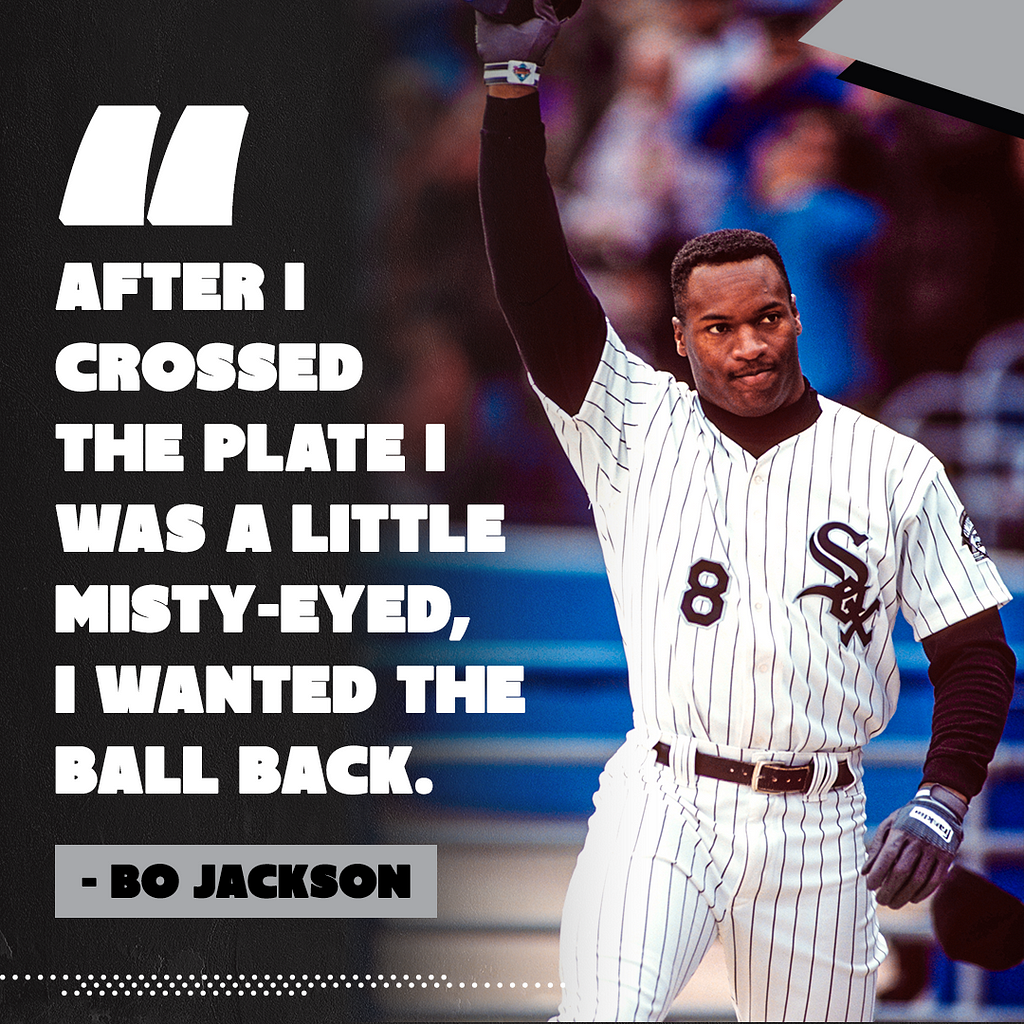
“When I hit it, I knew it was something special,” Jackson explained. “After I crossed home plate, I was a little misty-eyed. I wanted the ball back.”
Bo was money in the home opener and did it again on the day the Sox clinched the division title on September 27. Jackson’s three-run homer broke a scoreless deadlock in the sixth inning as the White Sox prevailed 4–2 and earned a spot in the playoffs.

While the season didn’t end the way the White Sox would have hoped, the team staged an impressive comeback on the road to make things interesting in the best-of-seven American League Championship Series.
Losing Game 1 at home to the Blue Jays, 7–3, the Sox then dropped Game 2, 3–1, putting them in an undesirable position, down two games to none, heading into Toronto for the next three games.
But the Good Guys came back with a 6–1 win in Game 3 in Toronto behind the complete game seven-hitter by Álvarez, a 4-for-4 performance by Raines and a five-run third inning.
The next night the White Sox tied the series with an impressive 7–4 road triumph. Johnson, who was homerless during the season, put the White Sox ahead with a second-inning, two-run homer, breaking a 3–3 tie in the sixth with a two-out, two-run triple. Raines added three hits, giving him seven in the two games, and Thomas added a round-tripper.
Despite homers from Burks and Ventura, the Sox dropped a pivotal Game 5, 5–3, sending the series back to Chicago where the Sox lost 6–3 and were eliminated from the ALCS.

The American League’s Most Valuable Player, the league’s best pitcher and the skipper of the year were crucial to the White Sox winning the division title. But the miracle comeback by Jackson, the contributions of a deep pitching staff, a lineup featuring Raines, Ventura, Burks, Johnson, Cora and Guillén et. al. proved in 1993 that Good Guys — and winning players — do indeed wear black.
Story written by Art Berke
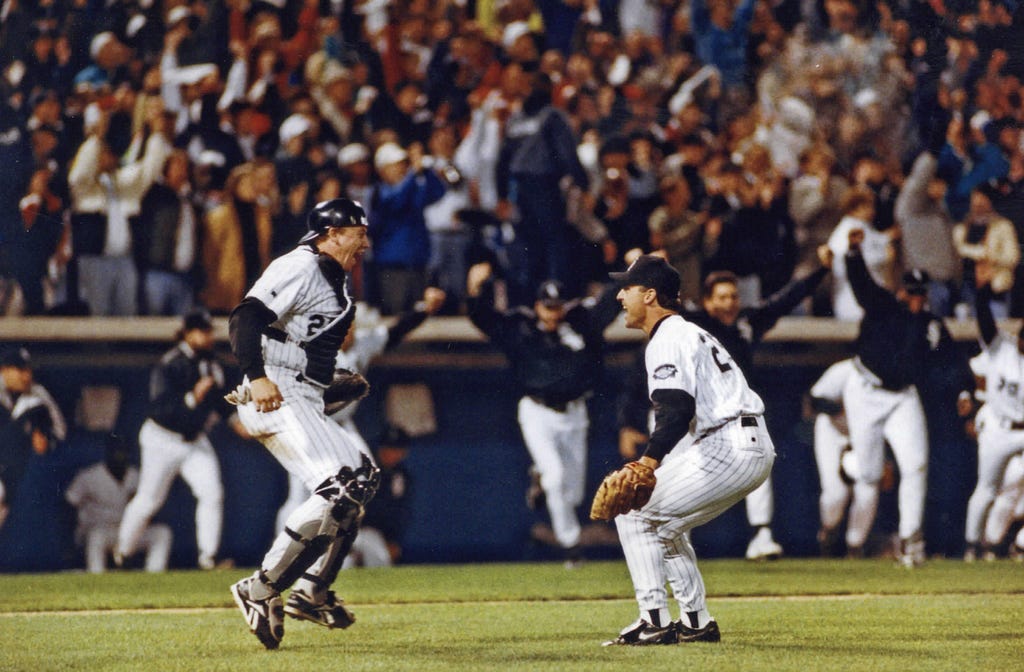
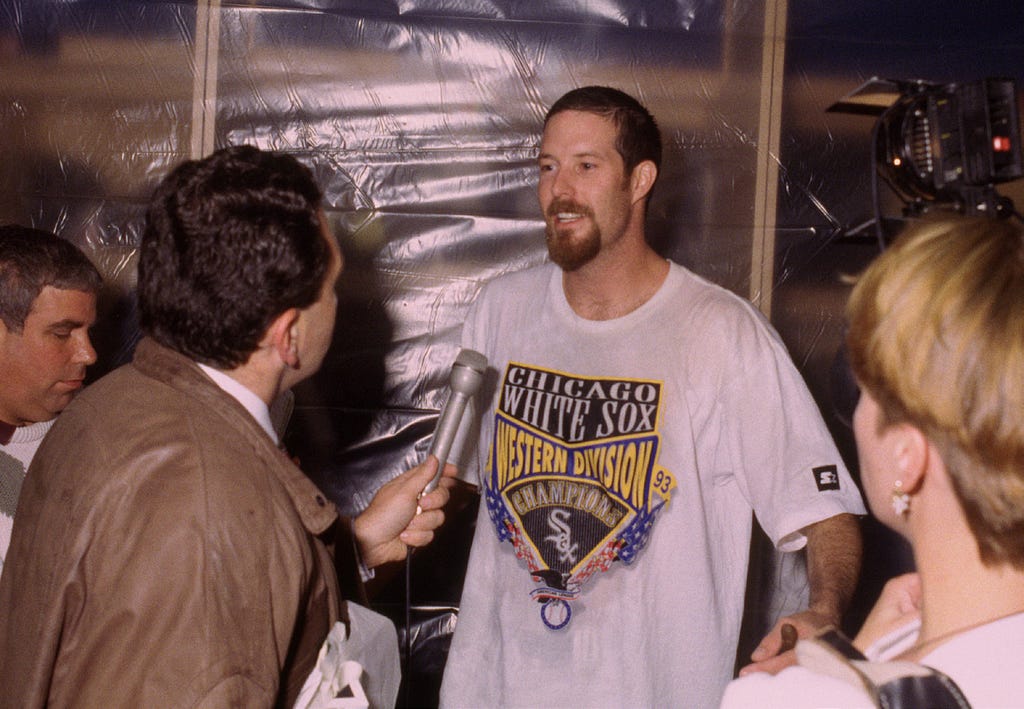
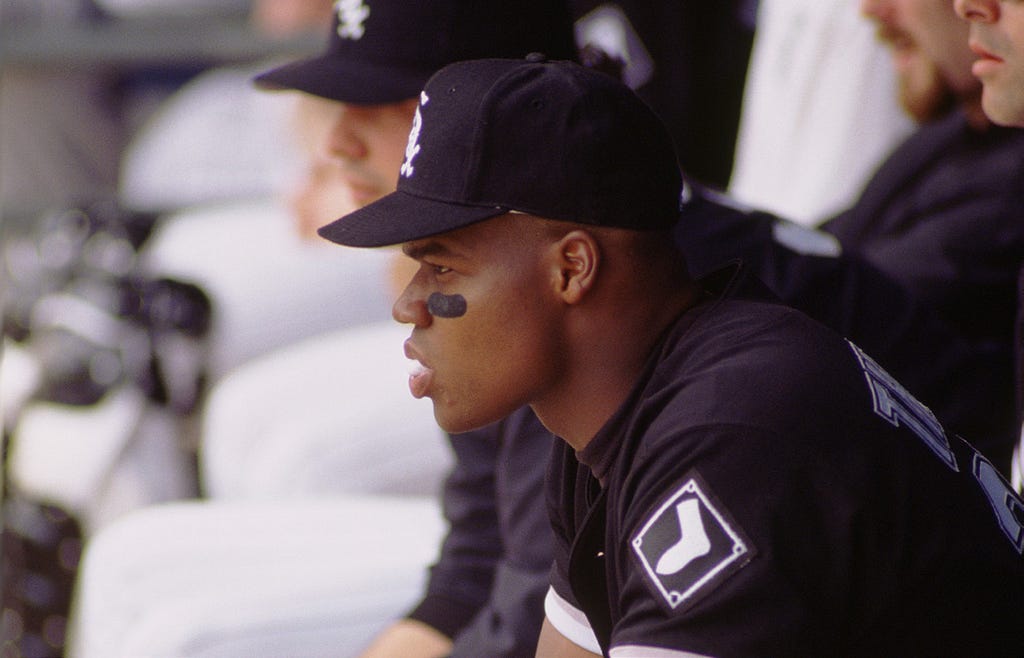
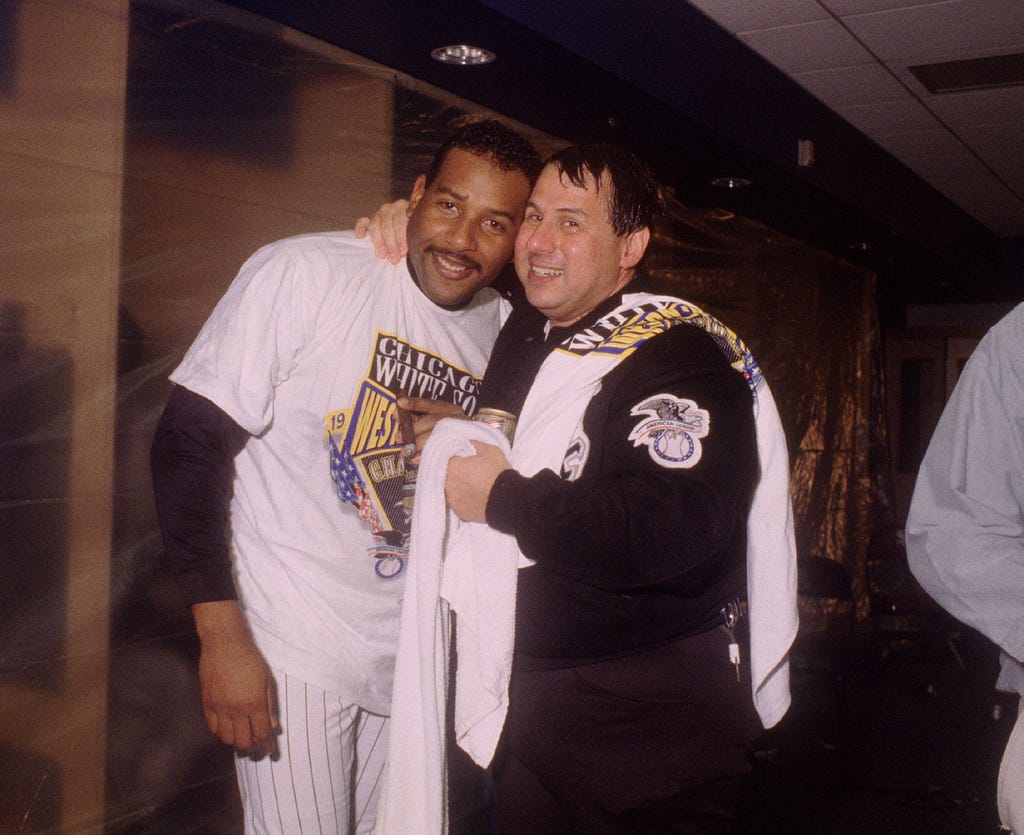
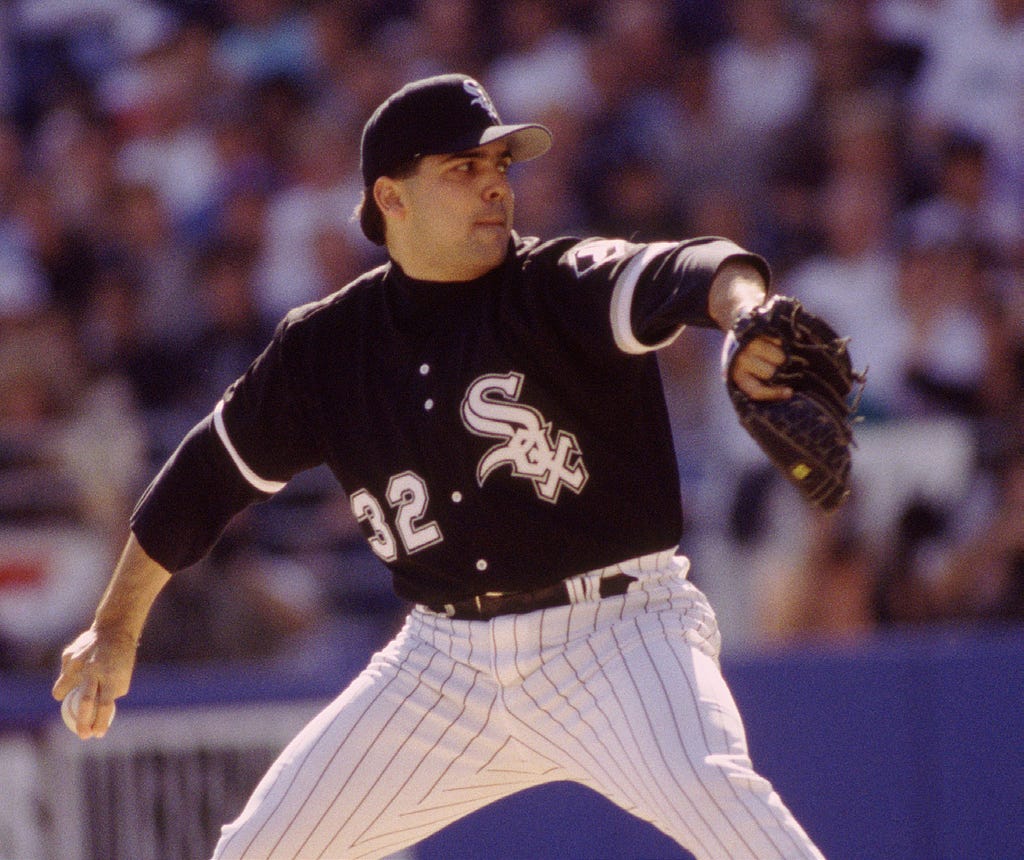
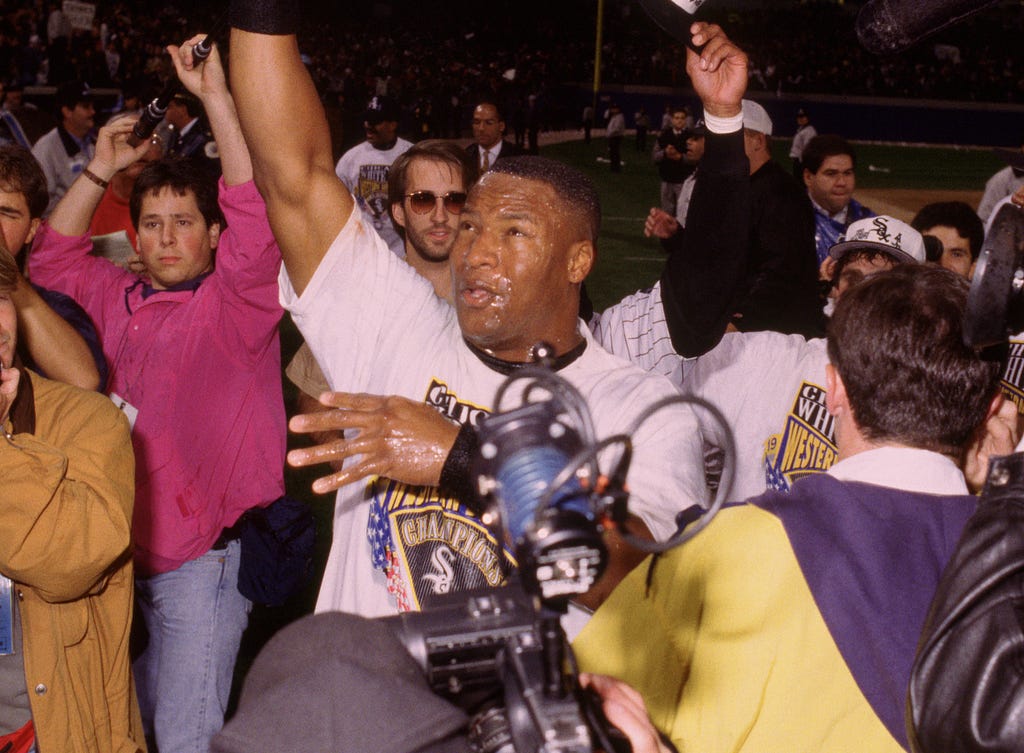
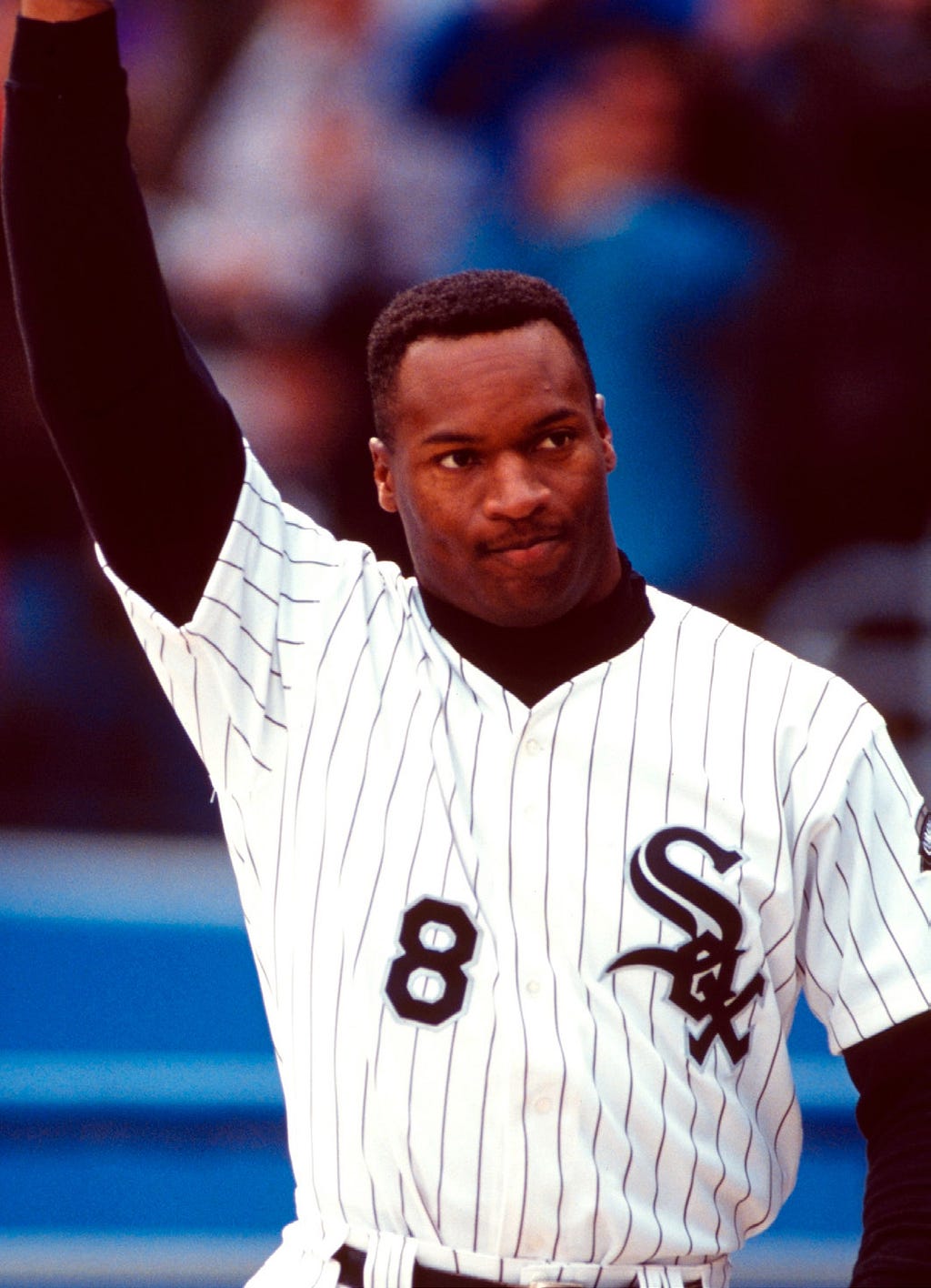
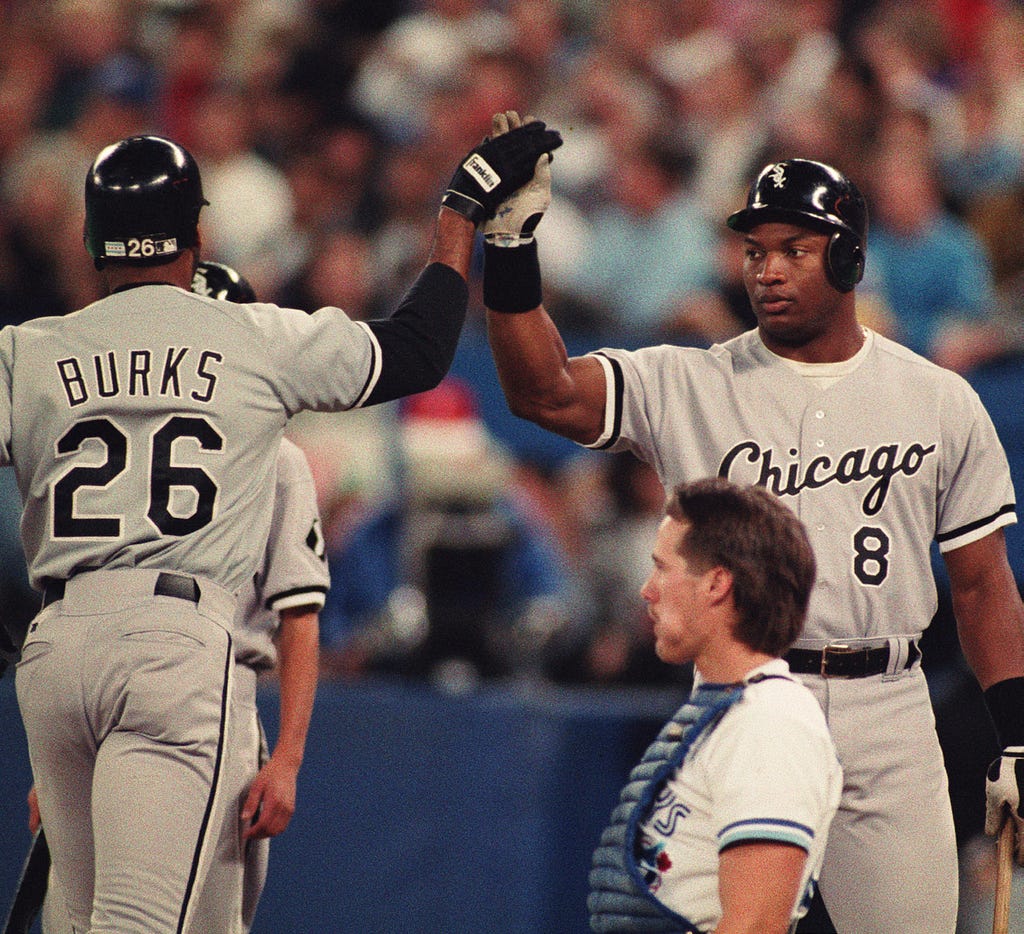
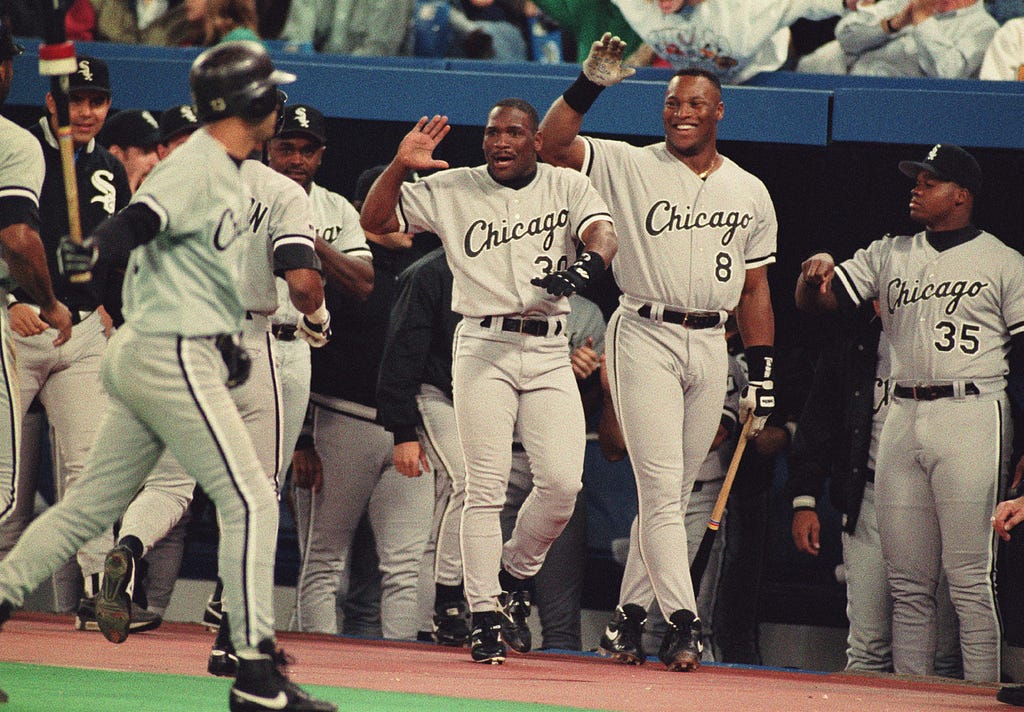
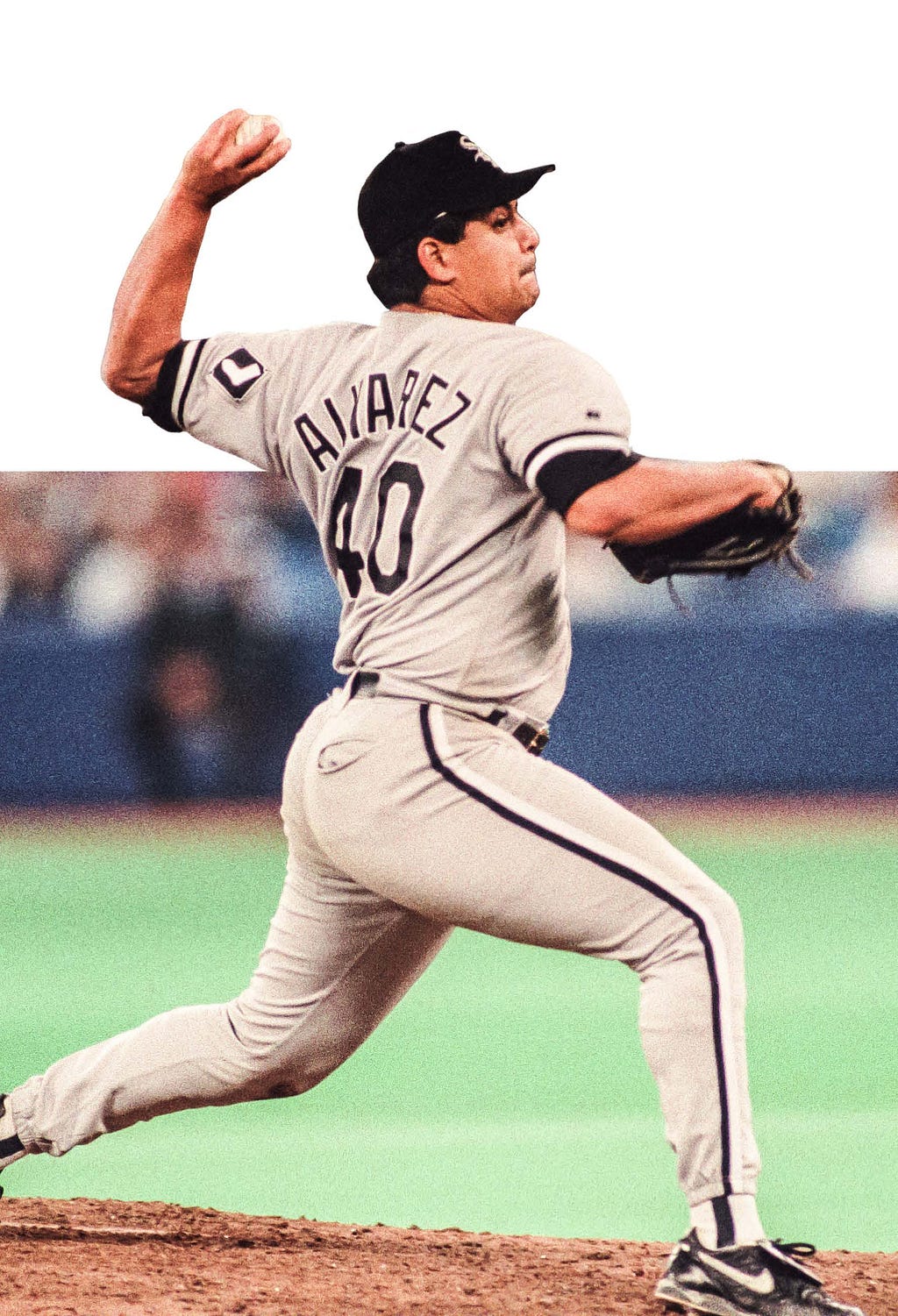
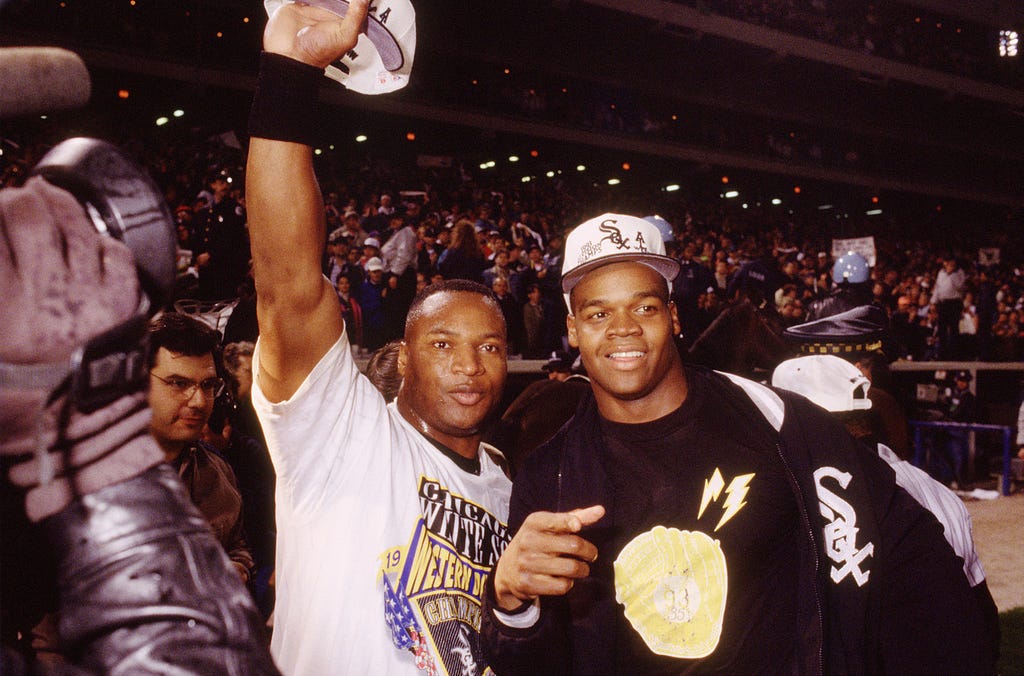
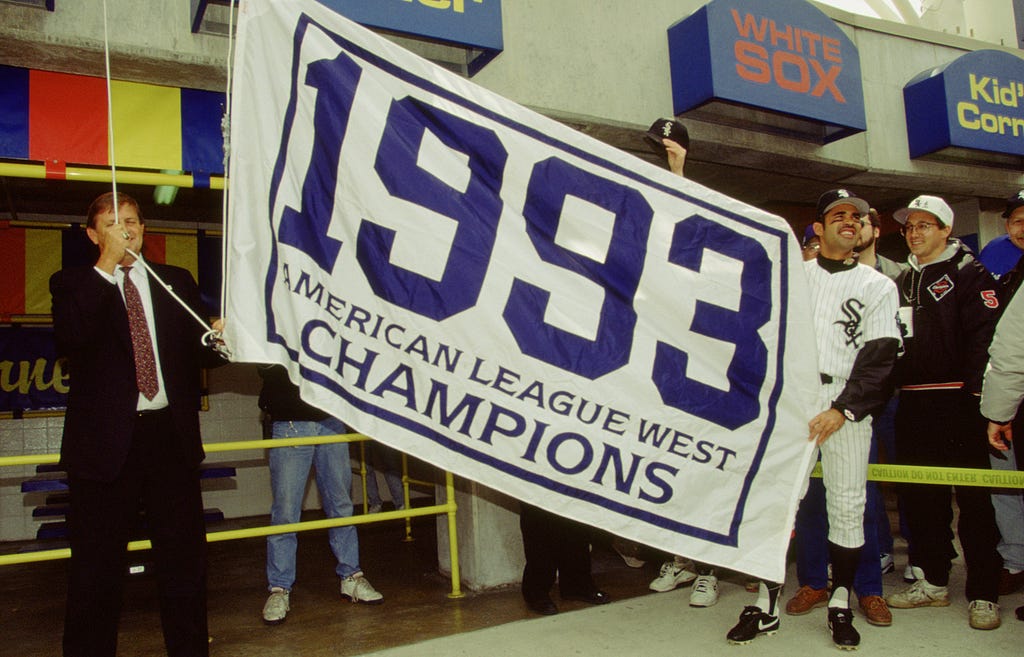
Visit whitesox.com to learn more and follow the Chicago White Sox on Facebook and Twitter.
Good Guys Wear Black: 30th Anniversary Remembering the 1993 AL West Champion White Sox was originally published in Inside the White Sox on Medium, where people are continuing the conversation by highlighting and responding to this story.
